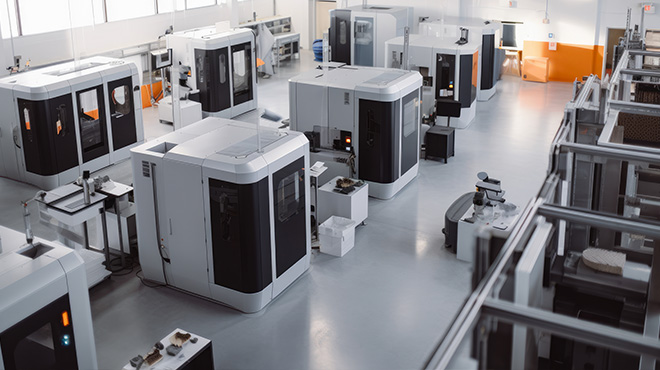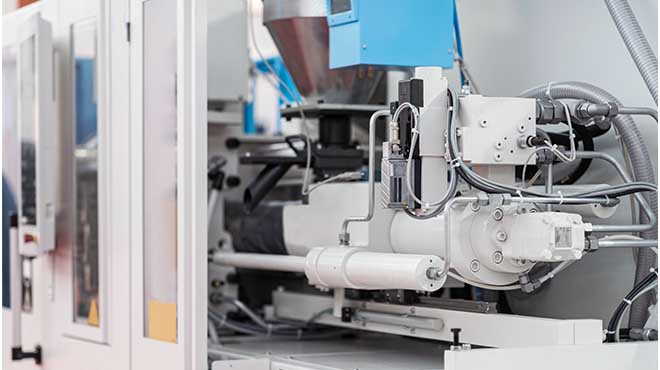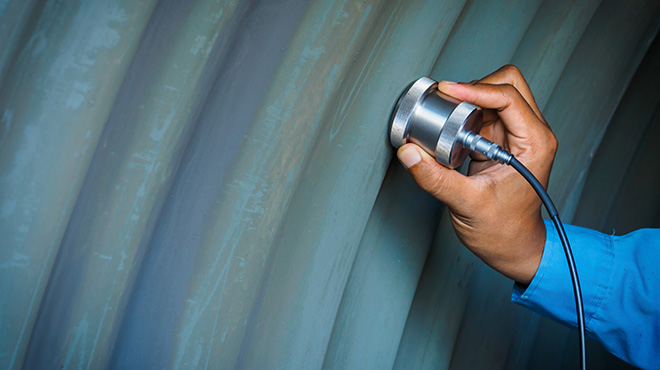Unleashing the potential: quality assurance in additive manufacturing
What awaits you here: The promise and challenges of additive manufacturing processess Quality assurance: A multi-layered approach Density...
3 min read
Mathias Evers : 30.05.2024

Additive manufacturing has now established itself as a revolutionary technology in the manufacturing industry. One of the main reasons for the use of additive manufacturing processes is the freedom of design and the high degree of flexibility with regard to the jobs to be produced, as tool changes are no longer necessary. For the successful use of this technology, a reliable quality assessment of the often different construction jobs is necessary. The density or porosity is of great importance for quality and reliability. This is because if the porosity in the printed components is too high, there is a risk of structural failure under load. Density measurement therefore plays a central role in quality assurance, as it allows direct conclusions to be drawn about the material properties and the integrity of the component. They are not only decisive indicators for the quality of a manufactured component, but are also directly related to each other. But how exactly do they influence each other and why is this relationship so crucial?
The density of a material in additive manufacturing indicates how compactly the material is distributed in a certain volume. A higher density value indicates a more compact material that contains fewer cavities or pores.
Porosity, on the other hand, describes the proportion of these cavities or pores in the material. A material with high porosity has many such cavities and therefore a lower density. A low porosity value means that the material is denser and less porous.
In additive manufacturing, the porosity of a component can significantly influence its mechanical properties. A component with high porosity can be more prone to cracking or breaking as the pores are weak points in the material. It is therefore crucial to minimise porosity during the manufacturing process in order to achieve a higher density and therefore better component quality.
The density and porosity in additive manufacturing can be influenced by a variety of factors:
In order to optimally control density and porosity, it is important to closely monitor the entire manufacturing process and make adjustments as needed. This can be achieved through regular quality control, testing and the use of advanced monitoring technologies.
Dimensionics Density offers a suitable technology for these regular quality controls to monitor the processes. Automated density determination utilises the Archimedes method in combination with modern automation technology. Automated handling eliminates the human influence on the measurement, which leads to a higher reproducibility of the results. To ensure maximum accuracy in the production environment, the scales are designed to be vibration-decoupled. This enables density to be determined directly in the production environment. In addition, all ambient conditions, such as temperature, air pressure and water temperature, are recorded via climate sensors. Their influence on the measurement result is taken into account directly in the evaluation algorithm when determining the density. Thanks to the automation of the process and the associated repeatable measurement sequences, even the smallest errors and minor deviations in porosity can be mapped, enabling a more cost-efficient assurance of product quality compared to other methods.
Another advantage of automation is the faster processing of the density determination. The results of the measurements are digitally logged, analysed and automatically transferred to higher-level systems so that no further evaluation or assessment steps are necessary. This enables fast data transfer to quality systems and efficient quality assurance.
Density and porosity are closely linked in additive manufacturing. A deep understanding of this relationship and knowledge of the various influencing factors are crucial to ensure the quality and performance of components. With the right control and monitoring, manufacturers can find the best compromise between density and porosity to achieve optimal results. Additive manufacturing is moving more towards the creation of production-ready parts. This is accompanied by the automation of the entire value chain. The automation of density determination can increasingly support this process, as accurate and reliable measurement results are achieved, helping to ensure the quality and reliability of the manufactured parts.
Source: Analysis of measurement methods for density determination - Fraunhofer IAPT - Dimensionics Density GmbH

What awaits you here: The promise and challenges of additive manufacturing processess Quality assurance: A multi-layered approach Density...

Ceramic injection moulding (CIM) and density measurement of injection-moulded components Ceramic injection moulding is an extremely versatile...

What awaits you here: Introduction The role of NDT in additive manufacturing Specific NDT methods in AM Importance of NDT for Dimensionics Density ...